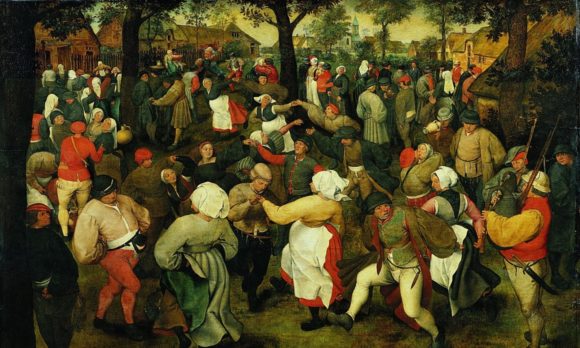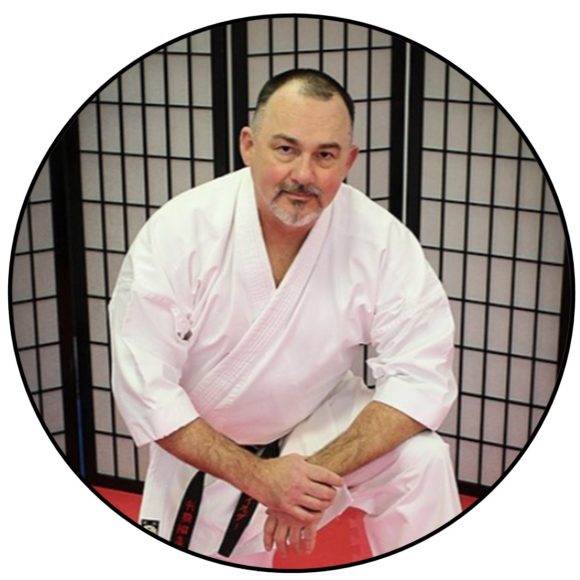
Intrusive evil of the media. It’s commonplace to have outbreaks of intrusive thoughts. Intrusive evil thoughts. Intrusive thoughts can lead to bizarre behaviors. Sometimes these thoughts can be detrimental actions to self to others to communities and society on a large scale.
The Dancing Plague
The cause of the dancing plague of the 1500s is open to interpretation. Yet up to four-hundred people danced themselves to death via exhaustion.

We’ve found graves with severed heads and stones placed in mouths to stop the undead from rising. All you need do is ask an anorexic if they are fat. Or ask the bodybuilder is the right size or shape. You know the answers and it is distorted.
These are intrusive thoughts just aren’t productive as that they have little anchor in reality. Yet they persist and we let them persist we let them live in our heads rent-free as the term goes.
The Media
This occurs especially after a media report of a human-caused disaster. These intrusive thoughts are brought to you by your media and it is a corporation telling you how to think. They only sell panic and confusion they use intrusive thoughts they lie, and they are evil. That is the intrusive evil of the media.
The Cure
Take two days away from the media and that means on the airwaves and on your phone. Keep track in a journal and notebook. Whatever thoughts you may have about how you feel when you start this two-day experiment.
You can replace the void with an audiobook if you’d like or pleasant music it’s up to you. At the end of the two days, the evil intrusive thoughts about the undead, the frenzied dancing, and the body dysmorphia will be gone.
Just to make sure that you heard me correctly the media, they lie and they are evil. They’re not misquoting or making mistakes; they are evil it’s what they do. Seize your mind with intrusive thoughts is their game. They count on you to allow their intrusive thoughts into your mind.
I’d like to make a note that no side has been taken in this argument. There is no good or bad side, there is no side to be taken other than the media is evil.
They count on you to receive their intrusive thoughts so that they can be the kings and queens of evil deception.
See how we can connect. Click on my picture.
KRIS WILDER
Kris Wilder is a martial artist based in Seattle Washington. He has authored many martial art books, including the classic, The Way of Kata. Making no apologies for his obsession of Football he can be found telling any who will listen about the nuances of the Canadian Football League.
Podcast: Play in new window | Download
Subscribe: RSS















